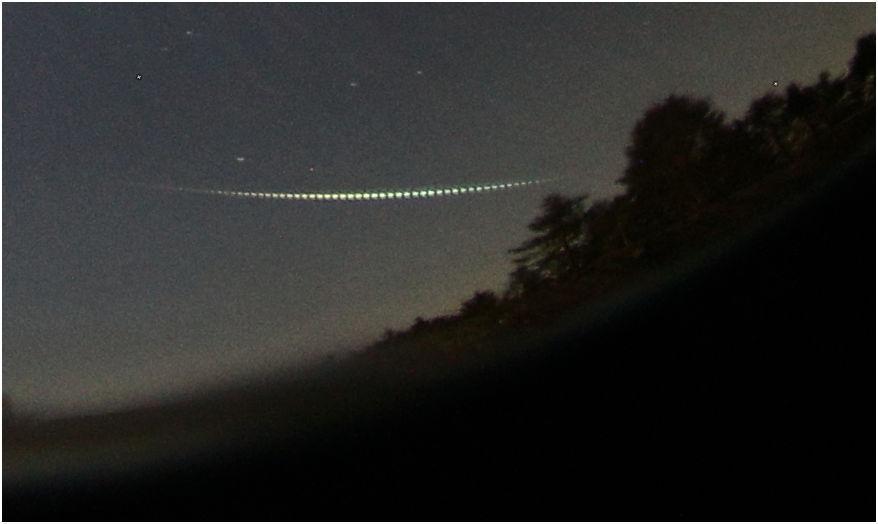
Figure 1. Februari 15, 2019 at 20:08:59 UT. Camera: Canon 6D. Lens: Sigma 8 mm F 3.5. Liquid Crystal Shutter set at 10 breaks/second.
After the very successful year 2018 regarding visual meteor observations, we can now look forward to 2019. Unfortunately, the Moon will be a major disturbance factor for almost all big meteorshowers. In addition, from mid-2019 my time will be very limited due to a major renovation of the ground floor of our house.
The year started of course with the Quadrantids, but unfortunately the weather did not cooperate. The idea was to do some observations in the morning hours of January 4th. In the evening it was crystal clear in Ermelo for two hours and I had better observed in that period, because the rest of the night showed a lot of clouds.
January 20/21, 2019
The night of January 20/21 was supposed to be cloudless and there was also a total lunar eclipse planned for this night! Since I have seen many total lunar eclipses since 1979, I decided to do something else. I wanted to observe meteors during the totality and also do some SQM (Sky Quality Meter) measurements and limiting magnitude estimates. Observational location was the Groevenbeekse Heide a heath just south of Ermelo. There I regularly observe meteors and during very clear nights the SQM can rise to 20.65.
Around 2h15m UT I walked into the heath. The sky is very clean but very bright because of the Full Moon. You could clearly see that the prenumbral fase of the eclips has begun. It was very cold by the way, it was already freezing more than 6 degrees at 2h00m UT. I then installed my equipment in the middle of the heath with the moon behind a tree.
I brought with me a digital voice recorder, a Unihedron Sky Quality Meter, my sleeping bag, deck chair, tripod and camera with lens (I also wanted to take some photos of the lunar eclipse). During the meteor observations I looked eastward with the Moon behind me. The meteor observation started at 3h35m UT, when the partial eclipse of the central shadow began. Every fifteen minutes, halfway the period, the limiting magnitude and SQM was determined. I always kept the SQM meter on a small table slightly east of the zenith. Of course I paused twice for 5 minutes to view the Moon when the partial eclipse was already well under way and during the maximum of the eclipse. After the 5-minute breaks, the limiting magnitude and SQM were again measured at the start and end of the quarter, as the limiting magnitude improved rapidly as the partial eclipse progressed. The SQM was always measured 4 times and the 2nd, 3rd and 4th measurements were averaged. The first measurement is always too high. The limiting magnitude was determined in several counting fields and also averaged. Figure 1 is the result of all measurements.

Figure 1. Limiting magnitude estimations and SQM measurements during the total lunar eclipse of January 21, 2019. The highest achieved limiting magnitude was 6.32 and the highest SQM value was 20.36 .
What a beautiful sight that lunar eclipse! Just before the end of the eclipse I stopped observing meteors (5h30m UT) because the twilight was increasing. The temperature had dropped from -6 to -10 Celsius at 1.5 meter. In total I counted 13 meteors during 1.75 hours effectively. A +1 sporadic meteor in Cepheus was the brightest one.
February 23/24 2019
A short evening session before the Moon rose again. I could observe between 20h25m and 22h56m UT. A very clear night in which the limiting magnitude increased to 6.4. Still the SQM measurements were a bit disappointing. The very clear sky had no effect on the numbers of observed meteors, which remained very low. A total of 16 meteors, including 4 Antihelions, were seen. A very slow orange-red +1 sporadic meteor at the start of the session was the most beautiful meteor.
March 31/April 1 2019
A beautiful clear night in which the limiting magnitude increased to 6.4 and SQM to 20.43 maximum. Despite the good observing circumstances, rather variable activity. Observations were done between 00h06m and 03h37m UT (effectively 3.50 hours). A total of 31 meteors were counted, including 4 Antihelions. A +1 sporadic meteor was the highlight, furthermore mainly weak meteors were seen.
All sky camera EN-98
This camera captured only three fireballs in the period of Januari-March 2019. The first one was a bright fireball above Belgium on Februari 15, 2019 at 20:08:59 UT. As seen from Ermelo, the fireball appeared at low altitude in Southwestern direction in the constellation of Eridanus. The fireball was also captured by many other all sky camera’s, CAMS Benelux and Fripon.
A second bright fireball was captured on Februari 27, 2019 at 23:19 UT. It appeared low in Southeastern direction in the constellation of Hydra. The fireball was also captured by some stations of the German fireball network.
 Figure 3. Februari 27, 2019 at 23:19 UT. Camera: Canon 6D. Lens: Sigma 8 mm F 3.5.
Figure 3. Februari 27, 2019 at 23:19 UT. Camera: Canon 6D. Lens: Sigma 8 mm F 3.5.
Liquid Crystal Shutter set at 10 breaks/second.





